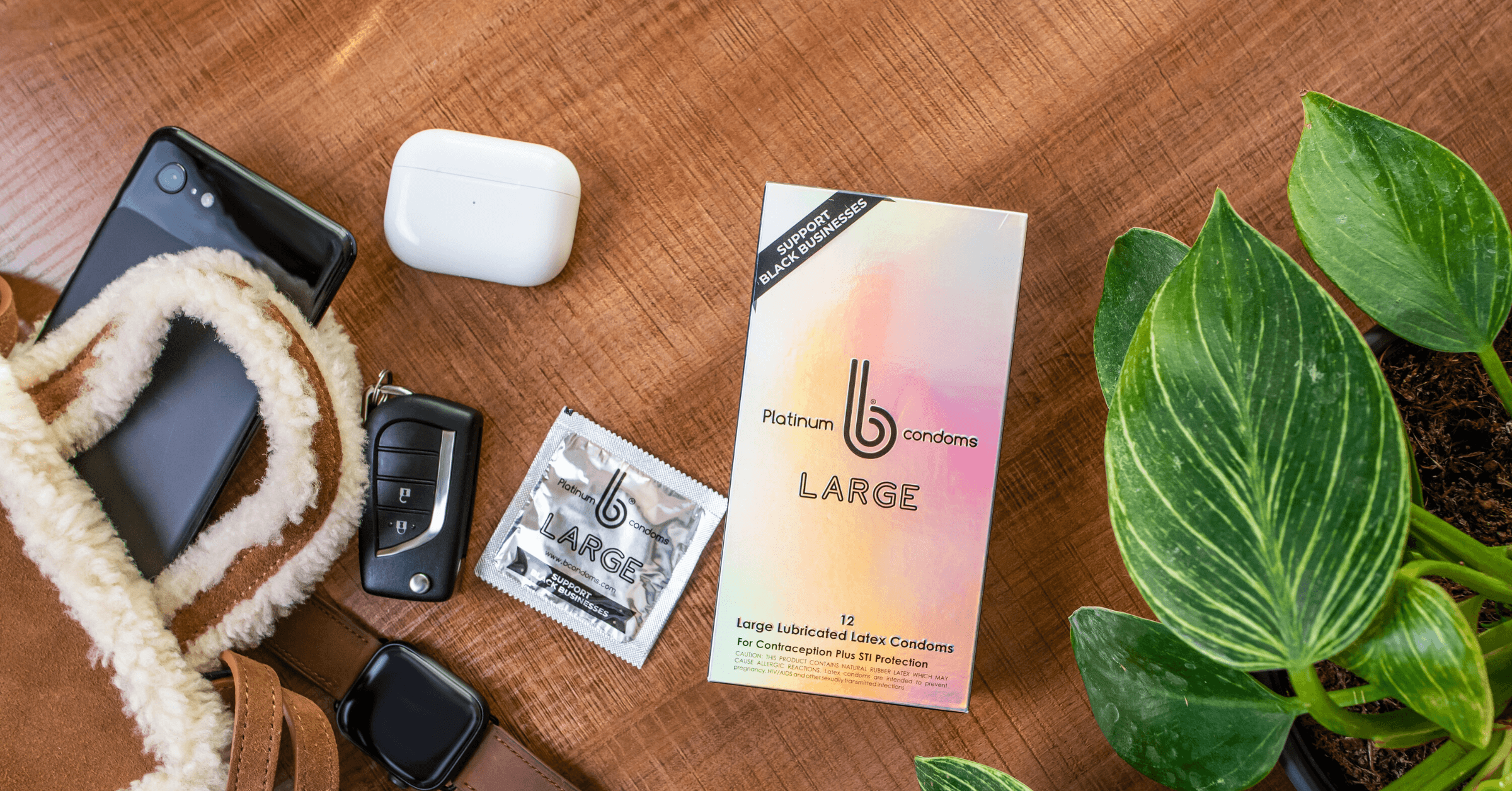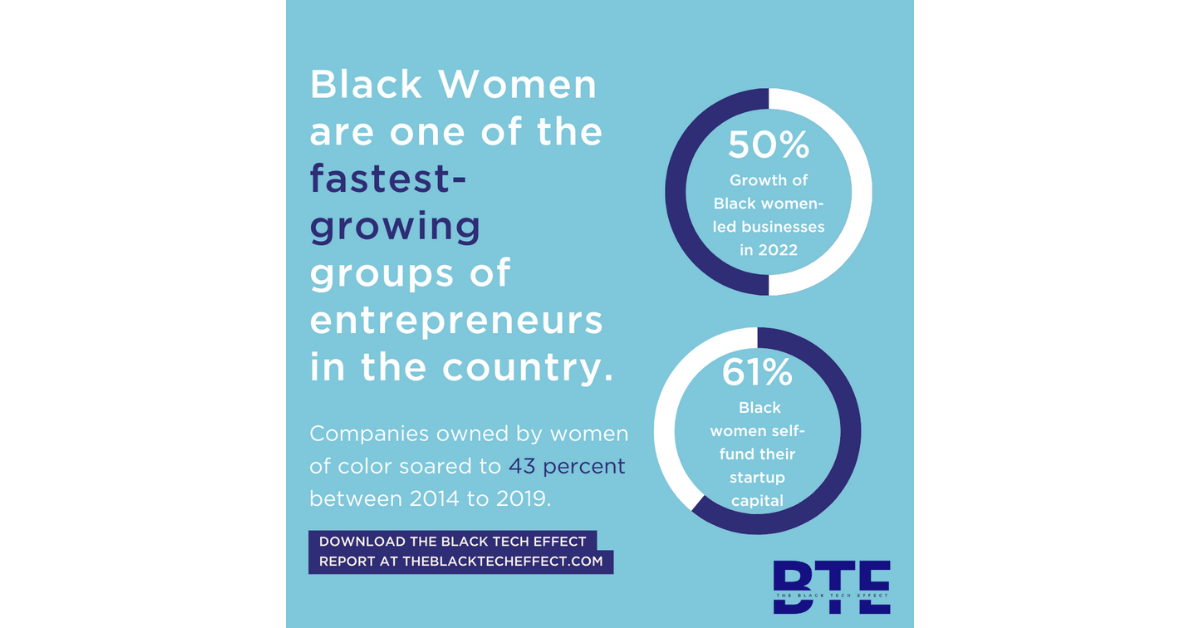As summer of 2018 drew to a close, an ambitious sea voyage launched from San Francisco Bay. The ship, outfitted with state-of-the-art technology, embarked on the North American start of the Great Ocean Cleanup, a multi-year-long nonprofit project that deploys a “passive” system of mile-long floating barriers along gyres, or a system of currents, to round up tons of plastic floating in the Pacific Ocean. The sea-going project points to the urgency of a new formula I’ve developed with research colleagues at Tuskegee University where I teach chemistry.
As we watched the live stream of the vessel launch, we experienced a rush of validation that is bittersweet; the massive tonnage of petroleum-based plastics targeted by the Great Ocean Cleanup can be reduced, if not eliminated, by our newly discovered cellulose-based material. A recent report by the United Nations noted human activity and rising greenhouse gases as a factor contributing to a potential global crisis in 2040.
That’s why for nearly a decade, I’ve been committed to finding a sustainable solution to the stubborn longevity of modern plastics. And during the past year, after a five year-long scientific discovery process, my team of researchers at Tuskegee derived an innovative new process that can radically change our dependence on petroleum-based plastics that are detrimental to our natural environment. We devised a scientific process for taking cellulose, material that is already natural to the earth, including plants and agricultural waste, and converting it into a form that can be used as biodegradable plastic.
Our discovery can also be combined with the synthetic polymer currently used for plastics, creating a new kind of “plastic” that decomposes within 60 days. Our discovery was made during a sustained and intense period of research and development. We’ve subjected our formula to two separate triple-blind tests in labs at the University of Wisconsin, Madison, and at Johns Hopkins University as a part of the National Science Foundation-funded Center for Sustainable Nanotechnology, and a variety of smaller tests along the way.
Our environmentally-friendly plastic is as sturdy, flexible and reliable as current forms of commonly-used consumer and industrial plastic, but with a critical difference; it will not end up floating ghostlike across oceans indefinitely because it breaks down to its plant-based origin. Key to our discovery is cellulose from plant-based material. The result is a variety of new plastics that share a fundamental characteristic; when combined with polylactic acid (PLA), or petroleum-based material using our proprietary processing method, the plastic becomes compostable.
In addition, our innovative hybrid plastics or purely cellulose-based plastics can be molded for use as food storage containers, agricultural equipment, or construction and infrastructure purposes. Our hybrid plant-based and polymer plastic is ideal for creating palm-sized corner fixtures known as or “c-stakes” used to secure temporary shelters such as medical units needed in remote humanitarian or military operations. By mass producing the biodegradable stakes in lightweight form using 3D printing, or mold injection technology, we anticipate introducing an environmentally-friendly option that is available on-demand to public and private sector organizations here and abroad.
Users of these c-stakes made of biodegradable plastic can rest easy with the knowledge that the stakes will decompose after they’ve dismantled operation. Our patent pending, innovative material is similar to an emerging sector of sustainable-plastics products that have entered the industrial commercial space in recent years, and we’re excited to join this growing area of chemical scientific discovery.
While I am optimistic, I’m also acutely aware that we occupy a come from behind position in a high-stakes environmental battle. As an African-American chemist, I want to be a leader in the scientific race for solutions, since people of color in the U.S. are more vulnerable to the negative impacts of pollution and global warming than predominantly white wealthy communities. We see this advancement as key to an intentional kind of collaboration between science, technology, and industry that emphasizes environmental sustainability over purely financial gain.
Moreover, in my personal category, this discovery also has extra meaning: At Tuskegee, we engage in chemical scientific inquiry while being watched over by the ephemeral figures of generations of black scientists who came before us, including George Washington Carver. Dr. Carver’s illustrious record of discoveries in food and agricultural science helped fuel my imagination as I decided to investigate the possibility of converting plant-based material into durable but biodegradable plastics. Some of the composting materials we tested included peanut shells, casings of the very same legume that Dr. Carver sourced for many of his revolutionary innovations.
My dedication to following in the rigorous and ethical footsteps of Dr. Carver includes encouraging robust research assistance from among my students, in order that they can mold their developing technical and intellectual skills and growing knowledge-base, with their passion for 21st Century causes including environmental sustainability and social justice. Black chemists and other STEM experts aren’t often viewed by the at-large public as fitting the modern image of “innovators,” which is an unfortunate societal shortcoming.
The formula for our innovative hybrid plastic was coaxed into fruition from a long process of trial-and-error tests by Donald White, a Ph.D. candidate. A native of Richmond, California, White surmounted a host of challenges dating to his youth, and along the way, nurtured his curiosity about chemical science. Now White is a brilliant emerging scientist, one who holds a vision for what he wants the future to be, and he shows the focus and discipline to work toward achieving that envisioned future.
The Great Ocean Cleanup is desperately needed due to decades in which millions of people in the U.S. and globally have used tons of plastics primarily made of petroleum-based materials. These synthetic plastic items, used for shopping, food storage consumption or for a range of industrial and agricultural purposes, eventually make their way into marine environments, where they endanger sea-life and entire ecosystems. In recent years, videos of the Great Pacific Garbage Patch, which is largely made up of plastics, as well as images of waves swollen with plastics washing ashore at Montesinos Beach in the Dominican Republic, have gone viral.
Our team at Tuskegee has yet to come up with a pithy name for our newly discovered biodegradable plastics formula yet we are fully optimistic about its ability to improve environmental outcomes. As we cheer on the Ocean Cleanup project that’s sweeping up plastics across the great Pacific, we’re excited by the real possibility that the results of our long quest to develop a biodegradable alternative will be a big part of making such projects obsolete.
Michael Curry, PhD, is an associate professor of chemistry at Tuskegee University, a member of the Center for Sustainable Nanotechnology, and founder of Eco-Friendly Plastic Materials, LLC. He’s also a member of the American Chemical Society.0








